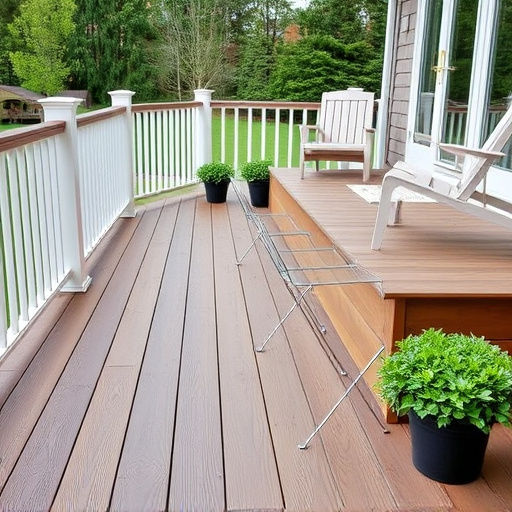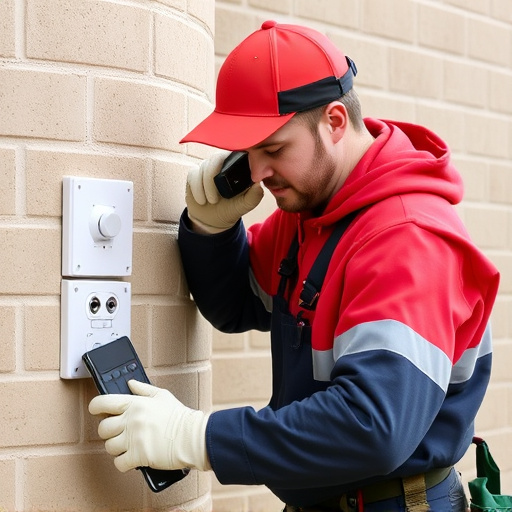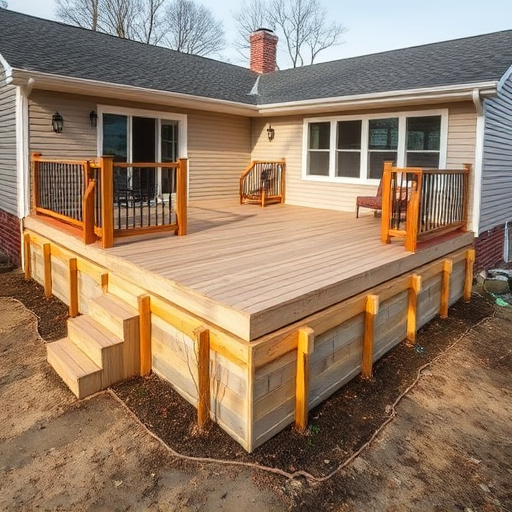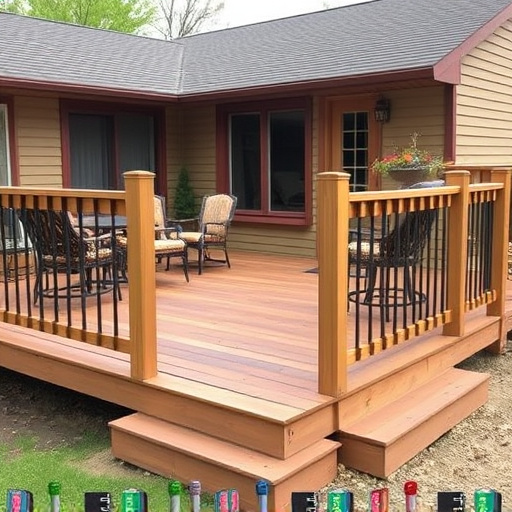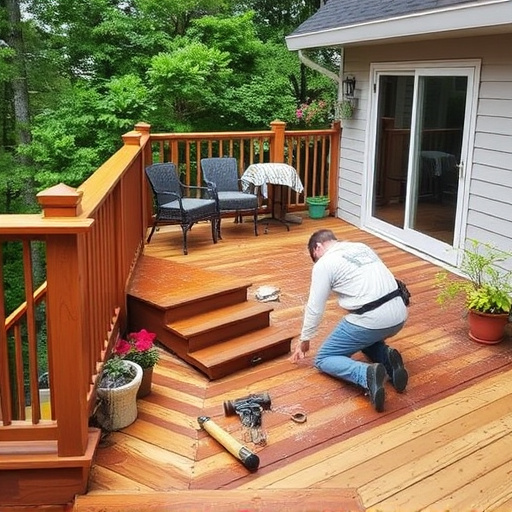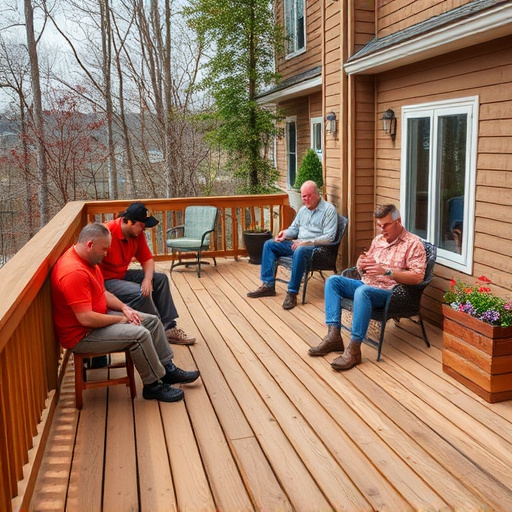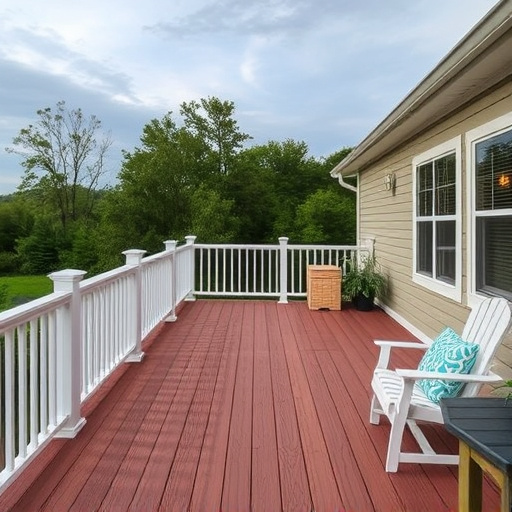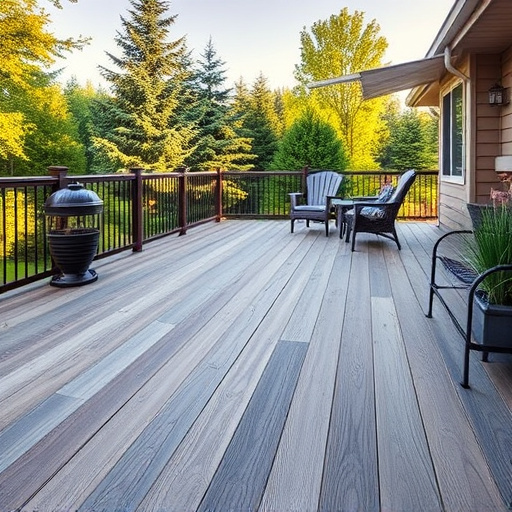After deck sealing, a thorough assessment is crucial to catch hidden damage like cracks or rot, preventing further deterioration and ensuring structural integrity. Regular inspections are key, addressing issues like peeling sealant, water damage, and rot caused by improper prep, incompatible sealers, or extreme weather. Conducting visual checks for early signs of damage—especially in corners and intricate areas—is vital maintenance. Proper deck sealing techniques through professional services extend the deck's lifespan and maintain its aesthetics.
After sealing your deck, it’s not uncommon to encounter issues like cracks, stains, or water damage. This comprehensive guide addresses common post-sealing problems and provides step-by-step solutions. From assessing deck damage through visual inspections to identifying root causes, we cover everything you need to know. Learn effective cleaning, filling, sanding, and reapplication techniques to restore and protect your deck. Additionally, discover maintenance tips for long-lasting results and prevent future problems associated with deck sealing.
- Assessing Deck Damage After Sealing
- – Identifying common issues post-sealing
- – Visual inspection and identifying subtle signs of damage
Assessing Deck Damage After Sealing
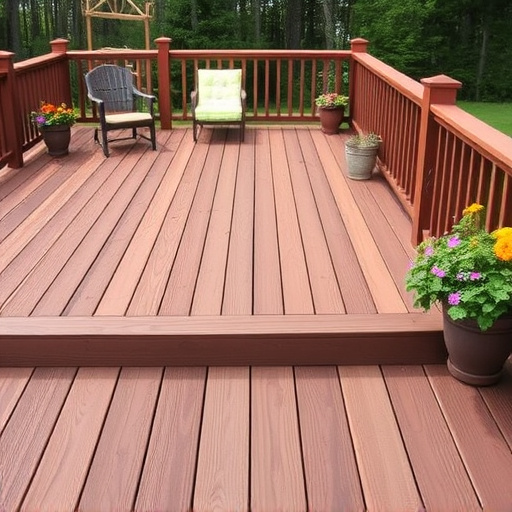
After completing deck sealing, it’s crucial to assess any damage that may have been overlooked or exposed by the process. This includes checking for cracks, splits, or weathered boards that were previously hidden but are now visible due to the sealing material. Such issues can be addressed promptly, preventing further deterioration and maintaining the integrity of your deck.
Exterior home improvements often involve complex systems, such as commercial roofing, which require meticulous attention to detail. A thorough inspection should also consider the overall health of the structure, including any signs of rot or insect infestation that could compromise the stability of the deck. Early detection and repair are key to ensuring long-lasting exterior home improvements, so take the time to navigate these issues before they become more serious problems.
– Identifying common issues post-sealing
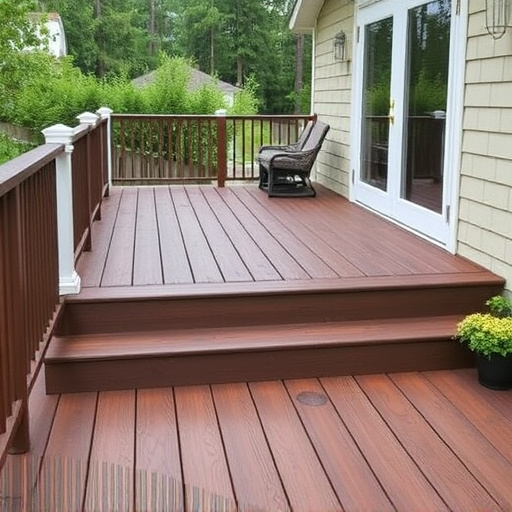
After completing deck sealing, it’s common to encounter various issues that may require attention. One of the most noticeable problems is peeling or bubbling sealant, which can be caused by several factors. These include improper preparation of the deck surface, using an incompatible sealer for the wood type, or exposure to extreme weather conditions shortly after application. Peeling not only compromises the aesthetic appeal but also weakens the protective barrier.
Another frequent issue post-sealing involves siding repairs and gutters. Water penetration through gaps in siding or blocked gutters can lead to water damage beneath the deck surface, causing rot or warping over time. Regular inspection of these components is crucial to ensure they remain sealed tightly against the elements. In some cases, a roof replacement might also become necessary if leaks are severe, as water intrusion could affect the entire structure.
– Visual inspection and identifying subtle signs of damage
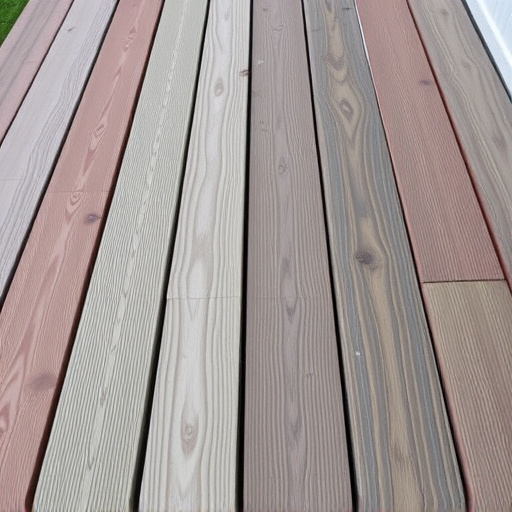
Before diving into any repair process, a thorough visual inspection is essential to identify subtle signs of damage on your deck. Walk around the entire structure, examining its surface for any cracks, blisters, peeling, or uneven spots. These could be early indicators of issues like poor sealing, weather exposure, or insect infestation. Pay close attention to corners, edges, and areas with complex designs, as these are often more susceptible to damage. Even the smallest imperfections can reveal underlying problems that, if left unattended, could lead to more severe (and costlier) repairs in the future.
Regular maintenance involves keeping an eye out for such subtleties. If you notice any issues, it might be time to consider professional siding repairs or siding services, ensuring your deck not only looks its best but also remains protected through proper deck sealing techniques.
After carefully assessing your deck’s condition post-sealing, you can effectively address any issues using the right tools and techniques. By regularly inspecting your deck and being proactive in maintenance, you’ll ensure your deck sealing remains durable and protective, preserving the beauty of your outdoor space for years to come. Remember, proper deck sealing is key to preventing damage and maintaining a stunning, long-lasting finish.
